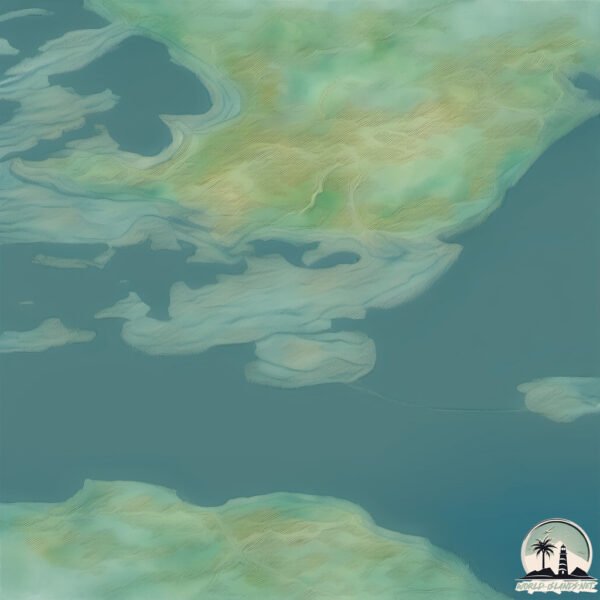Welcome to Eika , a Temperate island in the Norwegian Sea, part of the majestic Arctic Ocean. This guide offers a comprehensive overview of what makes Eika unique – from its geography and climate to its population, infrastructure, and beyond. Dive into the details:
Geography and size of Eika
Size: 2.636 km²Coastline: 12 kmOcean: Arctic OceanSea: Norwegian SeaContinent: Europe
Eika is a Small Island spanning 2.6 km² with a coastline of 12 km.
Archipel: –
Tectonic Plate: Eurasia – One of the world’s largest tectonic plates, the Eurasian Plate covers a significant portion of Europe and Asia. It’s characterized by diverse geological features, including the Ural Mountains, the European Plain, and the Himalayas formed from its collision with the Indian Plate.
The geographic heart of the island is pinpointed at these coordinates:
Climate and weather of Eika
Climate Zone: TemperateClimate Details: Temperate Oceanic ClimateTemperature: Warm Summer
Climate Characteristics: Known for its moderate year-round temperatures with ample rainfall and no dry season. Warm summers are characteristic.
Topography and nature of Eika
Timezone: UTC+01:00Timezone places: Europe/ParisMax. Elevation: 102 m Mean Elevation: 77 mVegetation: Evergreen Needleleaf ForestTree Coverage: 78%
The mean elevation is 77 m. The highest elevation on the island reaches approximately 102 meters above sea level. The island is characterized by Plains: Flat, low-lying lands characterized by a maximum elevation of up to 200 meters. On islands, plains are typically coastal lowlands or central flat areas.
Dominating Vegetation: Evergreen Needleleaf Forest
Vegetation: 6 vegetation zones – Very Highly Diverse Island
Infrastructure and Travelling to Eika
Does the island have a public airport? no .
Does the island have a major port? no .
The mean population of Eika is 94 per km². Eika is Gently Populated. The island belongs to Norway .
Continuing your journey, Gurskoy is the next notable island, situated merely km away.
EIKA
A little movie presenting the old school and Eika´s nature. A little island outside the village Eiksund in Ulstein County.
EIKA
A little movie presenting the old school and Eika´s nature. A little ...
A little movie presenting the old school and Eika´s nature. A little island outside the village Eiksund in Ulstein County.
Roblox players who died
#shorts
Credits: @channel_doesnt_exist Please do not send any hate! This video ...
Credits: @channel_doesnt_exist Please do not send any hate! This video is for educational purposes! Also, all of these deaths are ...
Erika Vikman - ICH KOMME | Finland
| Official Music Video | #Eurovision2025
Subscribe and to Eurovision ...
Norway is classified as Developed region: nonG7: Developed economies outside of the Group of Seven, characterized by high income and advanced economic structures. The level of income is High income: OECD.
News – Latest Updates and Headlines from Eika
Stay informed with the most recent news and important headlines from Eika. Here’s a roundup of the latest developments.
Loading...
Please note: The data used here has been primarily extracted from satellite readings. Deviations from exact values may occur, particularly regarding the height of elevations and population density. Land area and coastline measurements refer to average values at mean high tide.

